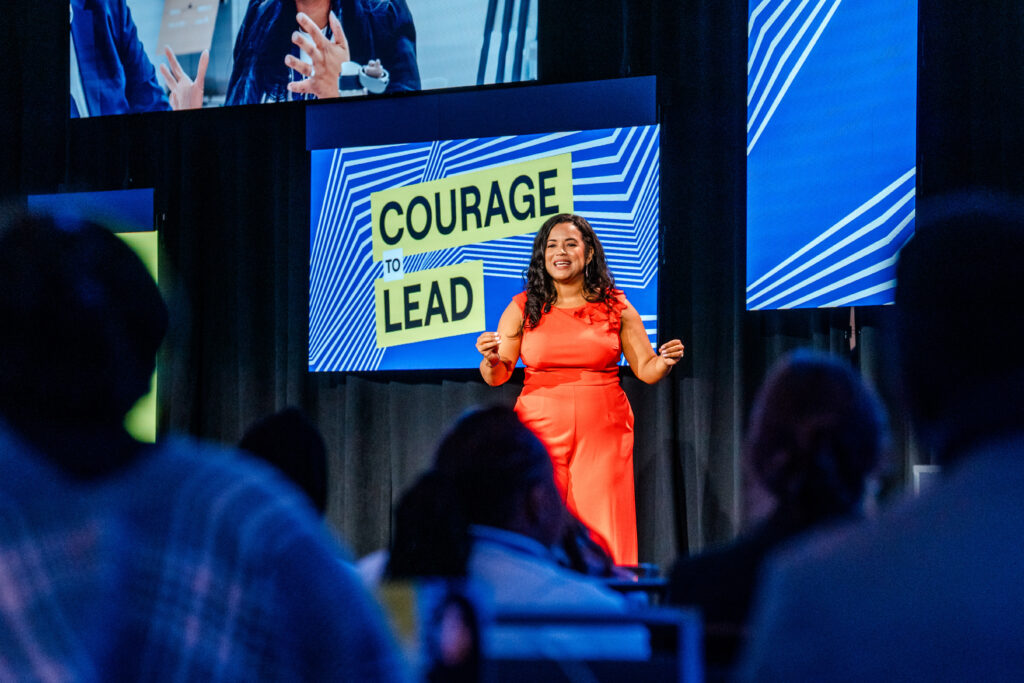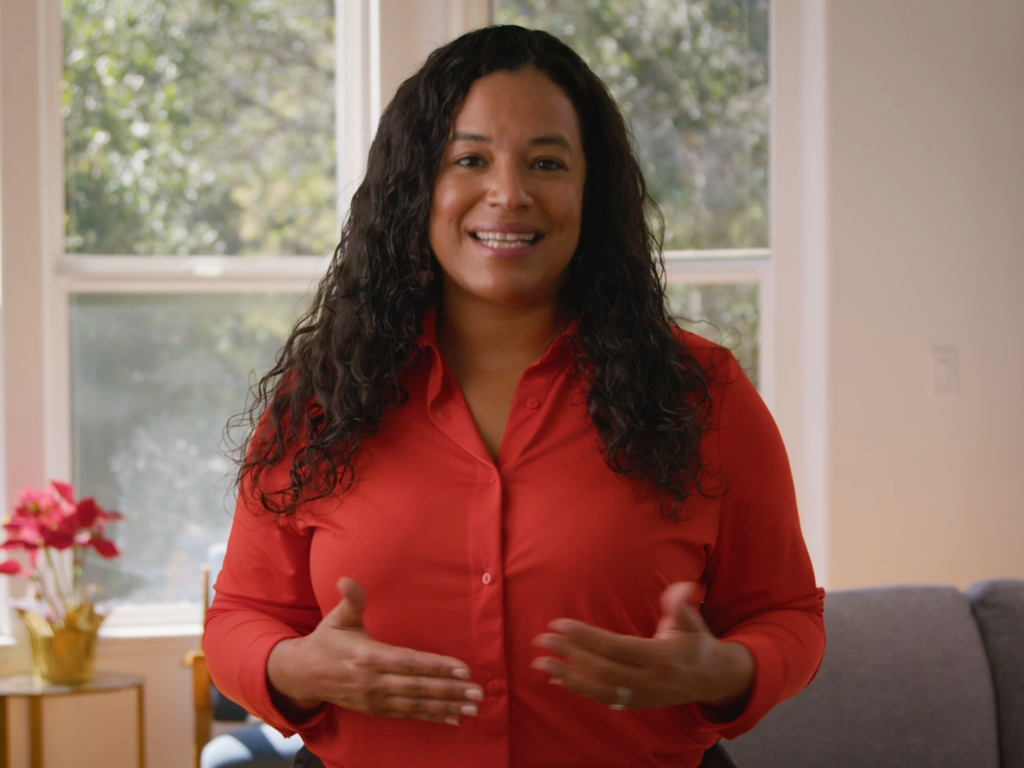Call it venture philanthropy.
Reed Hastings admits he got lucky. Pure Software, the Silicon Valley company he founded in 1990, made a fortune when it went public. Then he sold the company and could have retired. At 37.
Instead, the former high school math teacher turned to a cause dear to his heart: improving American education. And he had more to offer than cold cash: He had a businessman’s instinct for picking which of the thousands of well-intentioned ideas floating around the non-profit world were weak and which could make a big impact.
Hastings connected with other cyber leaders in the New Schools Venture Fund, a Silicon Valley philanthropy that “invests” in pioneering “education entrepreneurs.” So far he has donated more than $ 10 million, but his contributions go far beyond his checkbook. They include organizational advice and strategic planning. His goal: to fund start-up charities so they can, in his business terms, “grow to scale.” In other words, solve big problems big time.
Move over, United Way. Make room, Red Cross. The people who’ve made a fortune paving the information superhighway are giving a New Economy twist. A growing group of dot-com millionaires have become “venture philanthropists.”
Though it takes many forms, venture philanthropy is based on the concept of venture capital – start-up money for a new business that looks like a potential blockbuster. One of venture philanthropy’s earliest proponents, Allen Grossman of the Harvard Business School,says, “It takes the elements that make other sectors of our economy successful and brings them to the philanthropic sector, like good business planning and accountability.”
Unlike traditional philanthropists, who hand over money to an established charity and trust the do-gooders running the charity to spend it wisely, venture philanthropists want more information and more involvement. Their donations aren’t as simple as the modest payroll deductions or hefty inheritances given to, say, United Way, that then trickle down to hundreds of charities, each with its own plans for spending it. This is not “measuring success” by seeing how much of each dollar is spent on overhead and how much reaches the street.
In exchange for larger donations guaranteed over several years, venture philanthropists want five- or seven-year plans, projections of need and how that need will be met, and proof that funds won’t just put a band-aid on a crisis. There must be plans for growth.
Then the charity must perform, hitting “benchmarks” of success in solving a social problem. When there’s success, the charity gets more money, not less, to build on that success.
Venture philanthropists demand more involvement running the organization than most traditional charitable donors. Say you want to feed the hungry. You might donate money directly to an established soup kitchen, you might even show up on Saturdays to help make peanut butter sandwiches. Venture philanthropists join the board,help budget for groceries, decide what hours the kitchen is open based on spread sheets and invest in the technology and personnel to make the program operate more efficiently.
Venture philanthropy has two other big differences from traditional giving: Instead of perpetuating a charity that expects donations year after year, venture capitalists hit the ground with an “exit strategy” – a plan for making the group financially independent after just a few years of support. Most significant: Though they may join hands with established charities, mostly venture philanthropists search for people with fresh ideas that they think have a chance of making a new and bigger difference.
“We’ve lost our confidence in established institutions andso we’re looking for more local non-profits whose ideas may have an impact,” says Craig Newmark, founder of craigslist.com, a wildly popular news and information site for the dot-com crowd in the San Francisco area. This year craigslist sponsored several Philanthropy Venture Forums, informal gatherings where non-profit representatives had 15 minutes to pitch ideas to a room full of fledgling philanthropists.
“Philanthropy with an attitude.” That’s how Cate Muther, a Cisco Systems executive who retired to found the San Francisco-based Three Guineas Fund, described venture philanthropy to a 1999 White House Conference on Philanthropy. Which is why it appeals, say many, to a group that conquers new frontiers every day in their work. These are not Gen-X techies: The average high-tech millionaire has worked 20 years in the field and came from a modest economic background.
Without red-carpet family foundations in their pasts, giving can feel confusing. “Philanthropy is not a native instinct, it’s a learned behavior,” says Colleen Willoughby, president of Washington Women’s Foundation, in which the cyberwealthy pool their money, time and research. As with many other venture philanthropy pools, part of its mission is to educate members. So a new industry is growing: “philanthropy consultants” and courses where the rich learn how to give. At the Institute for Family Wealth Counseling in Parsippany, N.J., a think tank for philanthropic giving, business is exploding. Some foundations have “schools of philanthropy” where, for about $ 10,000, the wealthy can get in touch with ethics and learn how to evaluate charitable programs.
Even Bill Gates, the Microsoft founder who has invested $ 21 billion in creating the USA’s largest charitable foundation, has said giving away money isn’t as easy as you might think. The Bill and Melinda Gates Foundation staff struggles through 1,700 requests for funds or information a month.Some dot-comers find a single, clear-cut mission. Take Doug Stein.
As chief financial officer at the tech consulting firm Pyramid, Stein strained to find employees with technical skills and even imported qualified workers from England. After hours, he was volunteering with gang prevention programs and saw that “once the kids turned 18, there was basically nowhere for them to go.”
When Pyramid was bought in 1998, Stein had the financial freedom to do whatever he wanted. So he partnered with social entrepreneur Paul Lamb to create Street Tech, a free training program for 18-to 25-year-olds. In the nine-month program, based in San Pablo,Calif., students become Microsoft Systems certified, “enough to go out and get a $ 35,000-salary job.”
Unlike traditional non-profits, Street Tech aims to become self-supporting: Participants agree to mentor newcomers for six months, and Street Tech plans a for-profit side (job placement and temporary manpower) to support the free training. “We’re trying to establish a model that works,” Stein says. “Then we can replicate it in any area that has matching criteria. We want, eventually,to roll it out nationally.”
This can-do attitude is familiar to Harvard’s Grossman. “New Economy folks are very driven and very positive they can achieve what at the front end appears very difficult to achieve. Before,there wasn’t a framework people could embrace that promised so much.”
So, bottom line, how is venture philanthropy changing American charity? Traditional charities are looking at themselves differently. “A lot of foundations and other organizations are requiring more reports on productivity and the like,” says Ann Kaplan, editor of Giving USA, an annual report on philanthropy. “Overall, there’s more emphasis on outcomes.”
Venture philanthropists also are making the charitable pie larger. Charitable giving in America has risen by more than $ 15 billion a year since 1997. High-tech stock fluctuations may put a damper on some of the new wealth giving: Gifts of stock, one of the most common gifts of cyber millionaires, actually went down last year.
Some of the loudest criticism of venture philanthropists comes from their demands, often seen as cockiness. In wielding the values they’ve learned in the fast-paced, competitive, innovative dot-com world, they may have overlooked valuable assets in traditional charity. “They have a great deal of expertise in running businesses but may not have the background in dealing with intractable social problems,” says Neil Carlson, editor of the Responsive
Philanthropy newsletter for the National Committee for Responsive Philanthropy in Washington, D.C. “They haven’t leveraged the intellectual capital out there in the non-profit sector.”
But most venture philanthropists say they are an alternative, not a replacement for existing groups. Paul Shoemaker, executive director of Seattle Venture Partners, notes that his organization handed out $ 3 million last year. The local United Way gave $ 80 million. “We’re learning from them,” he says.
In fact, because they are used to working on the cutting edge of the information revolution, dot-com donors are comfortable viewing their philanthropy as an evolving process, he says. “When you’re doing this when you’re 35 or 45, you’ve got that much more time to make the mistakes and then do better.”


